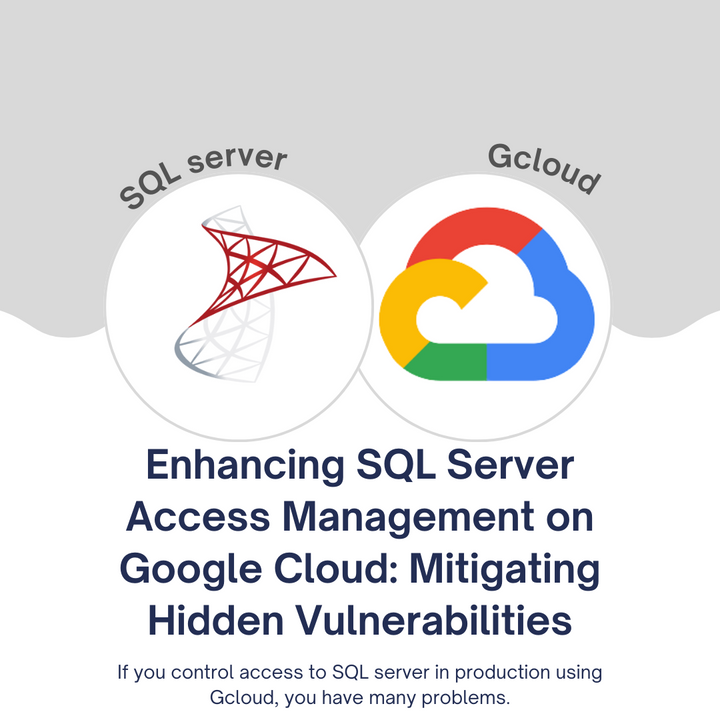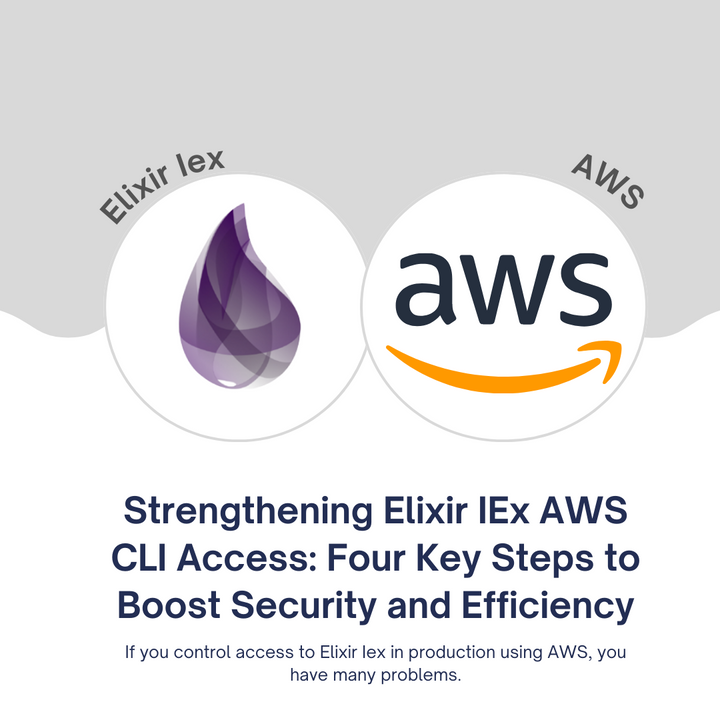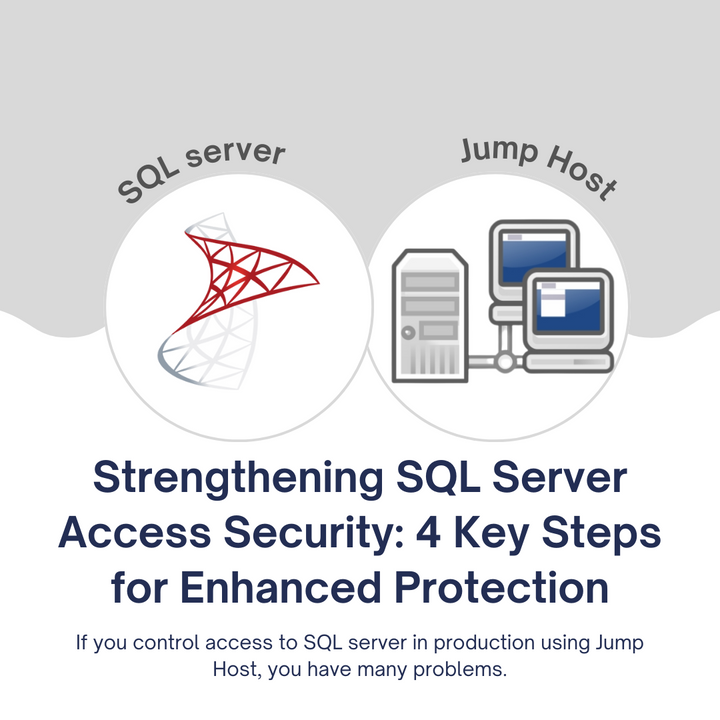Access Control Frameworks for Project Needs
The reason most organizations face security breaches and unauthorized data access is because they lack a robust access control framework. This happens because many organizations fail to define clear access permissions, leading to data breaches, compliance violations, and reputational damage. In this post, we'll walk you through the importance of access control frameworks and how they can help safeguard your projects, improve security, and ensure data integrity.
We’re going to walk you through:
- Understanding the Importance of Access Control Frameworks
- Types of Access Control Frameworks
- Implementation and Best Practices
- Monitoring and Adapting Access Control
Implementing an access control framework isn't just a checkbox on your security to-do list. It's a fundamental step towards protecting your organization, your stakeholders, and your reputation. Let's dive into why access control frameworks are vital and how they can benefit your project.
Understanding the Importance of Access Control Frameworks
Access control frameworks are essential for maintaining security and managing user permissions in any project or organization. In today's data-driven world, they play a critical role in safeguarding sensitive information and maintaining data integrity. According to the 2021 Data Breach Investigations Report by Verizon, a staggering 85% of data breaches involve some form of insider threat or misused privileges.
The benefits of implementing an access control framework are multifaceted. They allow you to prevent unauthorized access, reduce security risks, and protect your organization's reputation. On the flip side, neglecting to define clear access permissions can lead to data breaches, compliance violations, and a significant loss of customer trust.
To avoid such pitfalls, conduct regular access reviews to ensure permissions align with job roles and responsibilities. In a corporate setting, you can use access control frameworks to restrict employee access to financial data to only those in the finance department. The takeaway here is that access control frameworks are crucial for data security, and prioritizing regular reviews is key to staying ahead of potential threats.
Types of Access Control Frameworks
There are various types of access control frameworks, each catering to different project needs and security requirements. Understanding these different types allows you to choose the most suitable one for your project, optimizing its effectiveness. Gartner's 2021 Magic Quadrant for Access Management reveals that by 2023, 70% of organizations will use multiple access management systems.
The benefits of selecting the right access control framework are clear. It ensures that your project can tailor access permissions and authentication methods according to its specific demands. However, employing the wrong type of access control framework can lead to overcomplicated processes or inadequate security.
To make the right choice, evaluate your project's security requirements and compliance standards to choose the appropriate framework, such as Role-Based Access Control or Attribute-Based Access Control. In a healthcare setting, you can use Role-Based Access Control to grant doctors access to patient records while restricting it for administrative staff. The key takeaway is that selecting the most suitable access control framework is essential for maintaining a balance between security and usability.
Implementation and Best Practices
Implementing an access control framework requires careful planning and adherence to best practices. The reason behind this is that cybersecurity breaches often involve human error. Neglecting proper implementation and best practices can result in unintentional security breaches, data breaches, and system vulnerabilities.
The benefits of implementing access control frameworks effectively are evident. It reduces the risk of human errors, breaches, and system vulnerabilities. However, it's crucial to avoid the mistake of neglecting to educate and train employees on access control policies, as this can lead to unintentional security breaches.
To address this, develop comprehensive access control policies and conduct regular training sessions for employees. In an e-commerce business, educate customer support agents on proper access controls to prevent unauthorized access to customer payment information. The key takeaway here is that implementing access control frameworks is only effective when combined with robust policies, training, and consistent enforcement.
Monitoring and Adapting Access Control
Continuous monitoring and adaptation are essential to ensure your access control framework remains effective over time. The reason behind this is that threat landscapes evolve, and your project's needs may change, making regular adjustments crucial. The Cybersecurity and Infrastructure Security Agency (CISA) reports that 95% of cybersecurity breaches involve human error.
The benefits of regular monitoring and adaptation are undeniable. It allows you to detect and respond to emerging threats and maintain compliance. Failing to update access permissions in response to personnel changes or security incidents can leave your project vulnerable.
To address this issue, conduct periodic access control audits and update permissions when job roles change or security threats arise. In a software development project, regularly review and update developer access to source code repositories to ensure only authorized personnel have access. The key takeaway is that ongoing vigilance and adaptability are essential components of a successful access control framework.
In conclusion, access control frameworks are not just a cybersecurity buzzword. They are a fundamental aspect of securing your projects and protecting sensitive data. By understanding their importance, choosing the right type, implementing best practices, and regularly monitoring and adapting, you can ensure that your project remains secure and compliant, ultimately reaping the rewards of a trusted and safeguarded environment.



